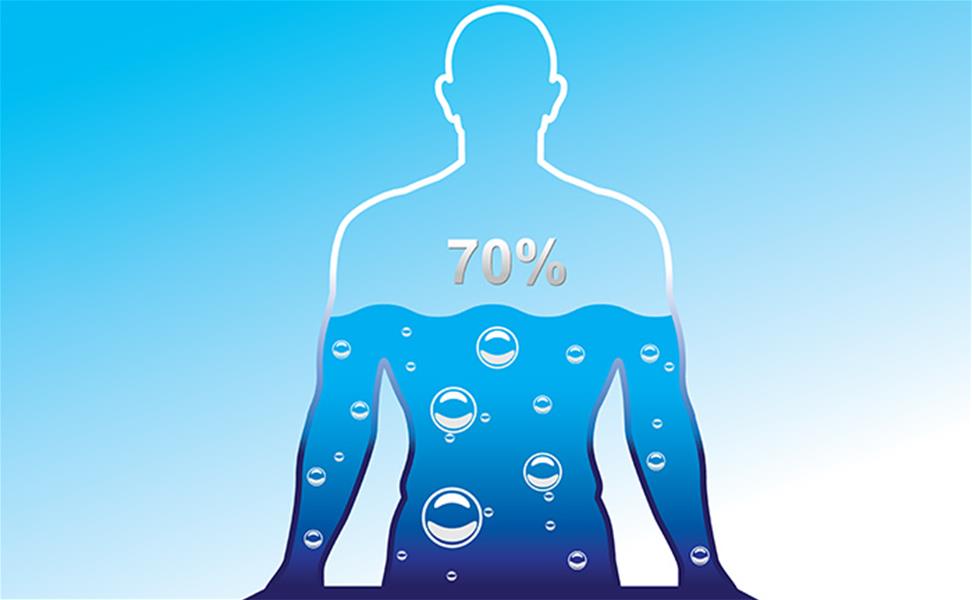Introduction
The water cycle refers to water on different parts of the earth, changing the state to another place on the earth by absorbing the energy of the sun.
For example, the moisture on the ground is evaporated by the sun into water vapor in the air.
The state of water in the earth includes solid, liquid, and gaseous states.
Most of the water in the earth exists in the atmosphere, the ground, the underground, lakes, rivers and oceans. Water moves from one place to another through physical effects such as evaporation, precipitation, infiltration, surface flow, and underground flow. For example, water flows from the river to the ocean.
Main Function
Water is a constituent of all living organisms and a necessary substance for life metabolic activities. The water cycle is an important resource for human activities. The water on Earth is distributed in oceans, lakes, swamps, rivers, glaciers, snow-capped mountains, and the atmosphere, organisms, soil, and strata. The total amount of water is about 1.4 × 109 km 3 , of which 96.5% is in the ocean, covering about 70% of the total area of the Earth. Water on land, in the atmosphere and in organisms is only a small fraction.
Influences
Natural factors mainly include meteorological conditions (atmospheric circulation, wind direction, wind speed, temperature, humidity, etc.) and geographical conditions (topography, geology, soil, vegetation, etc.). Human factors also have a direct or indirect impact on the water cycle.
Temporal and spatial distribution, intensity and total change of precipitation caused by changes in atmospheric circulation, migration of rain belts, changes in temperature, air humidity, wind speed and changes in solar radiative forcing directly affect soil water, evaporation and runoff generation. Due to climatic factors, there are significant differences in terrestrial water cycles in China’s humid climate regions, semi-humid climate regions and arid and semi-arid regions.
In fact, it’s important to pay more attention to the water cycle.

